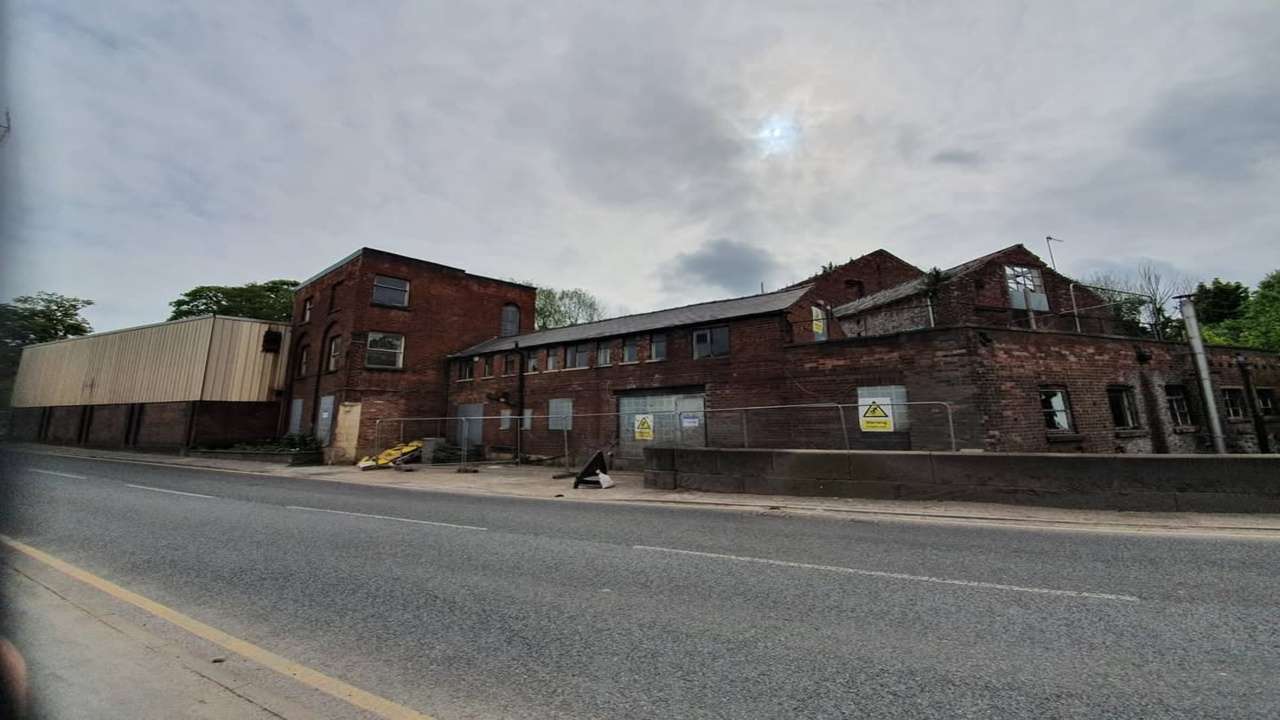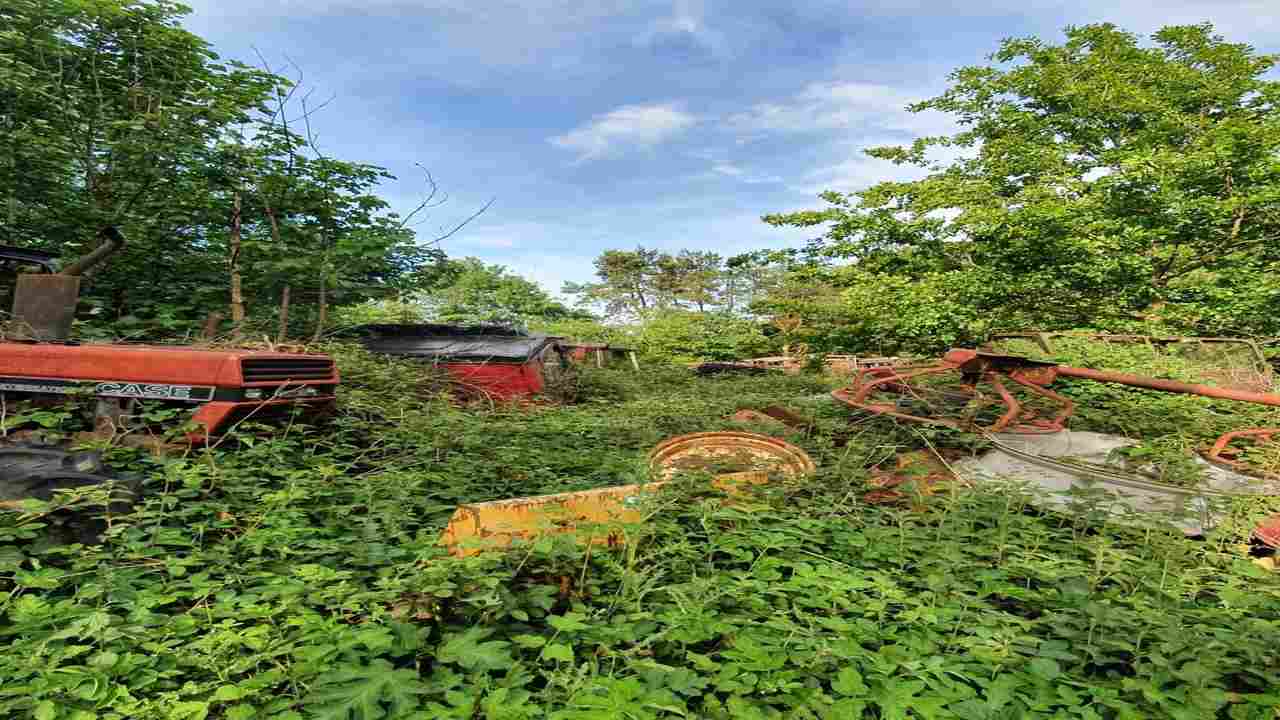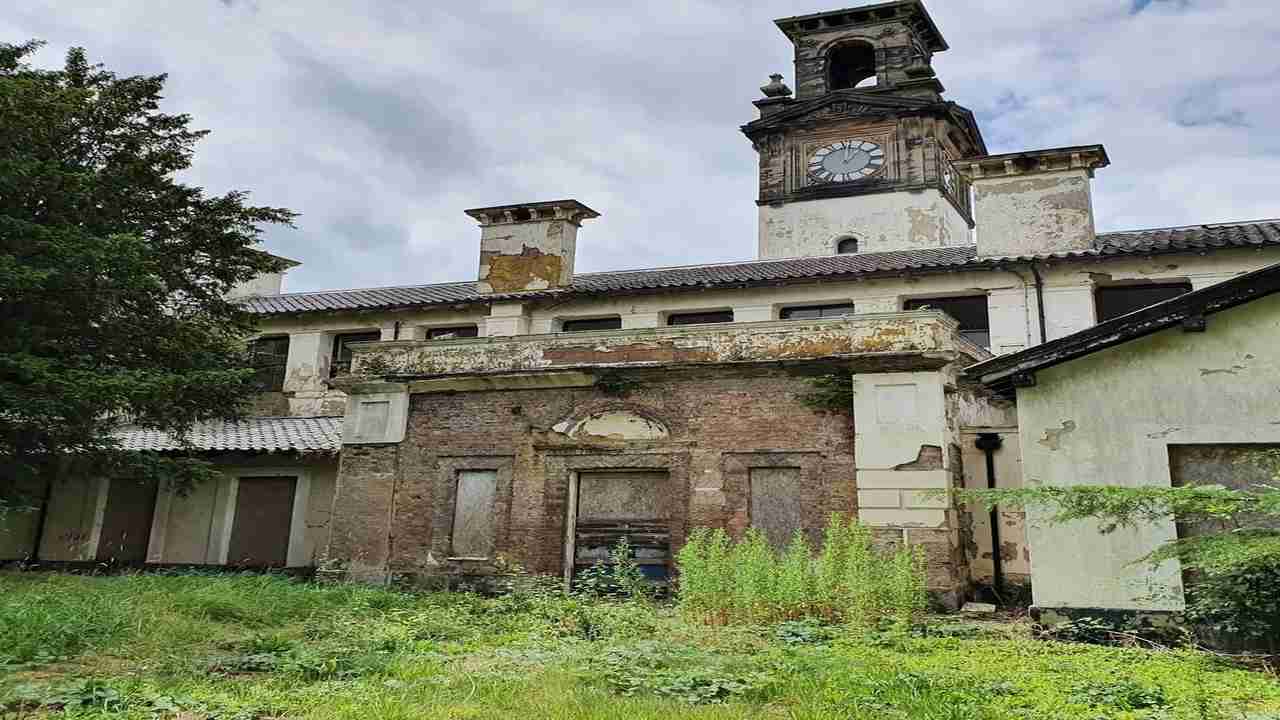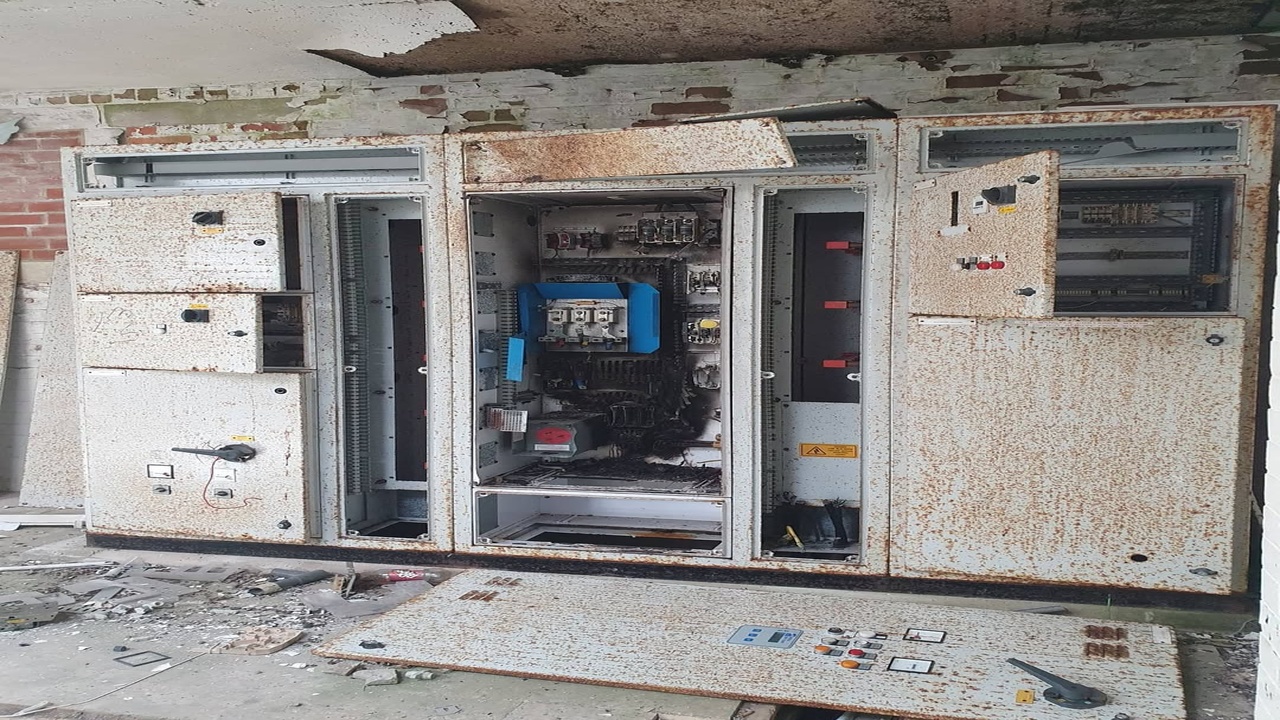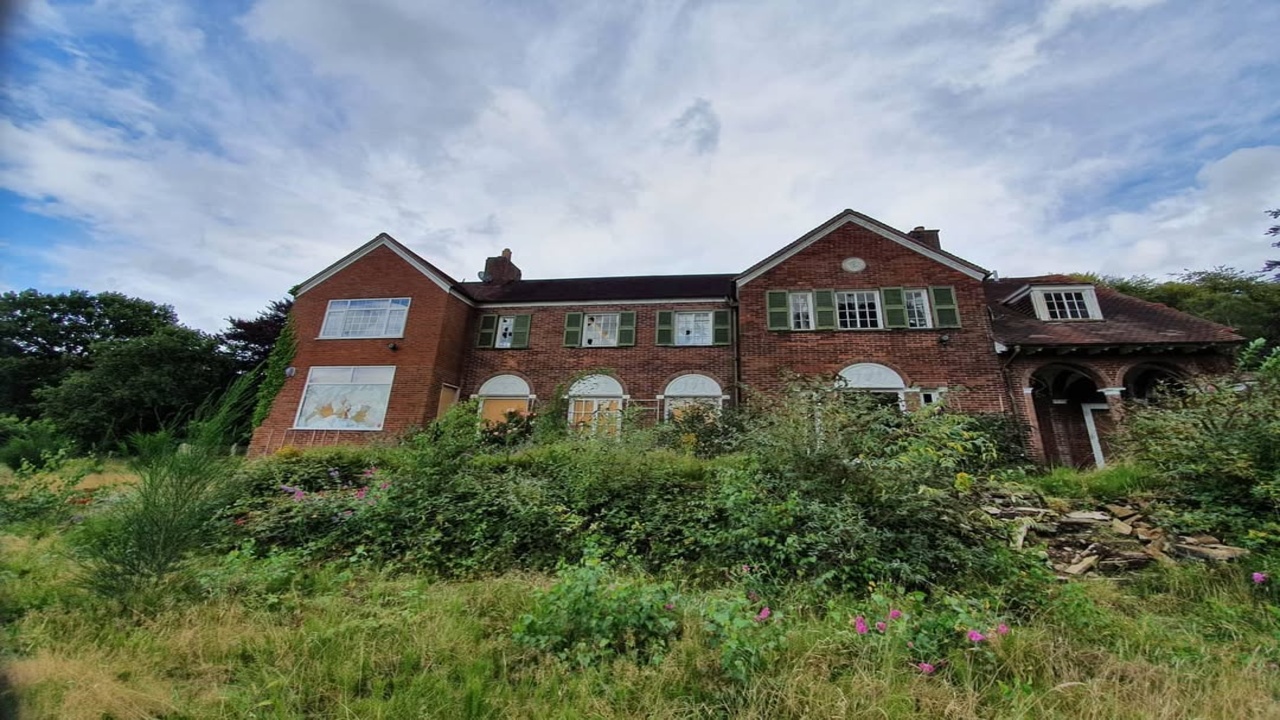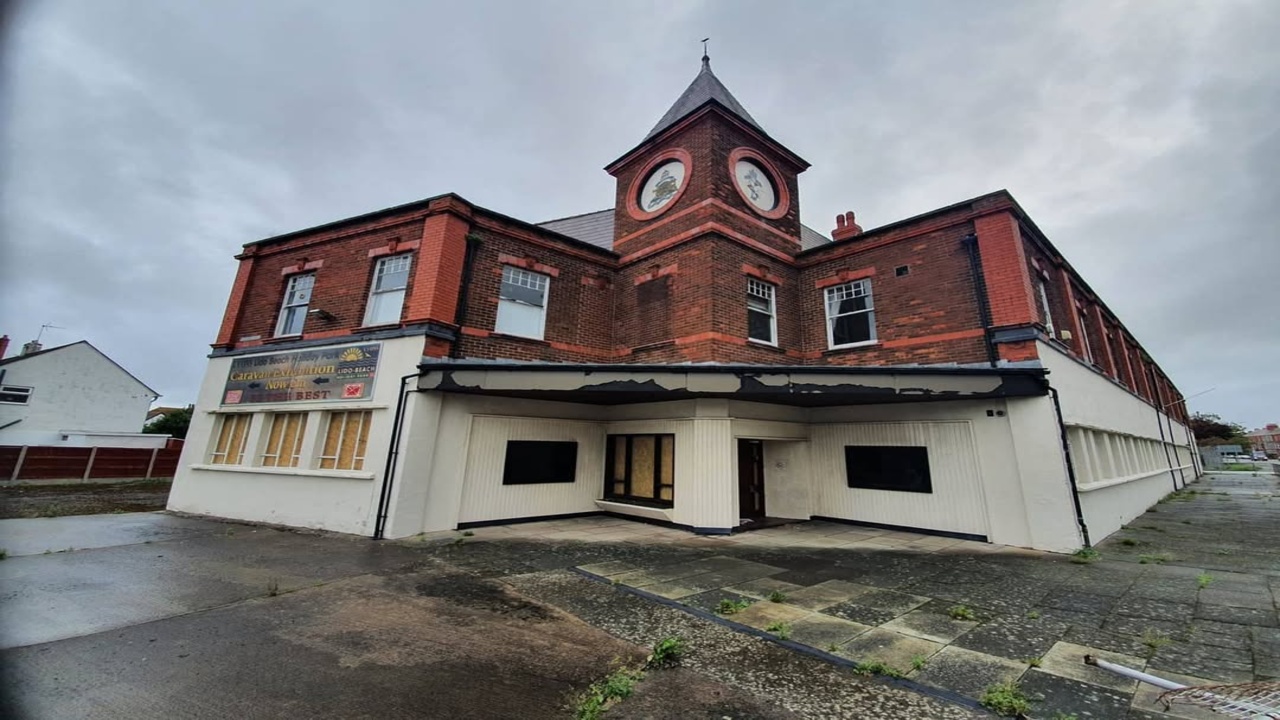An abandoned factory on the fringe of the city bursts with historical significance, tracing back to the early 20th century. The factory was first established as a textile factory, serving as one of the pivotal cogs in the industrial revolution of the region. It employed thousands of workers and greatly contributed to the economic growth of the region, which also facilitated the expansion of its operations and diversification of production, eventually becoming a dominant figure in the manufacturing industry. With these developments, however, the factory did face some hardships, falling into competition turmoil. Financial struggles alongside low demand for products became a consistent theme. The factory was unable to withstand these challenges and go through adaptive changes, ultimately leading to succumbing to these problems. This resulted in the factory shutting down, which now lies in ruins consisting of a complex of sprawling structures and undefunct machinery.
The factory’s decline and subsequent closure deeply affected the surrounding community—most of the locals depended on the factory for their jobs. This spelt disaster in terms of widespread employment opportunities and economic prosperity, resulting in a significant decline to the overall wealth of the region. The previously thriving industrial center turned into a deserted town filled with derelict houses and abandoned streets.
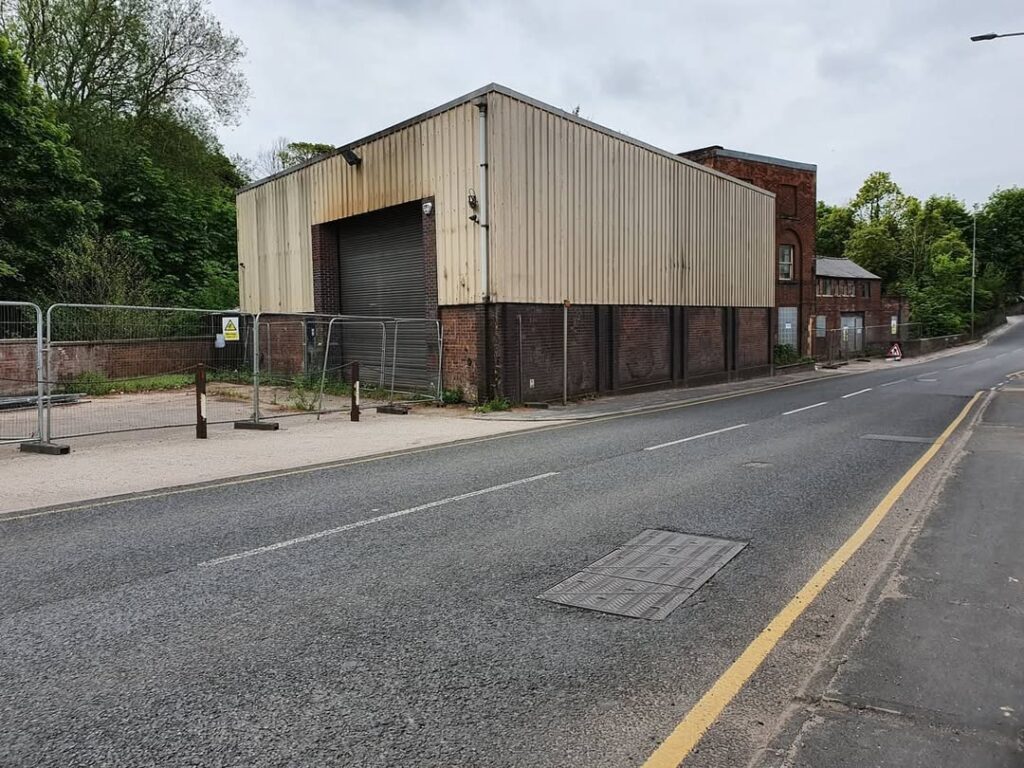
Reasons for the Factory’s Closure
The factory’s closure was due to various factors that influenced its decline and eventual shutdown. The factory’s closure was mainly attributed to the shifting global economic landscape marked by changing trends in manufacturing and increased competition from foreign markets. The factory’s ability to remain profitable was severely challenged when cheaper labor and production alternatives became available abroad. Furthermore, the factory struggled to keep up with modern industry standards due to the increased technological automation in the manufacturing sector.
Also, growing environmental concerns and legislation were additional reasons behind the closure of the factory. The increase in environmental awareness led to tighter waste management and pollution standards for industrial facilities, which the factory struggled with due to the decades of negligence. As a result, the factory faced mounting expenses for tackling the environmental damages it had caused. These reasons, coupled with unwillingness to invest in modernizing or diversifying the operations, ultimately rendered the factory incapable of sustaining its operations.
In addition, the factory’s obsolete equipment and technology hindered their ability to compete in a notoriously aggressive market. Although the factory attempted to improve and modernize its facilities, these efforts fell short when compared to the more agile and tech-savvy competition. Coupled with the operational cost increases that were compounded by the stagnant investment of new technology, the factory’s financial situation became critical, ultimately resulting in closure. Like many other factories, this one had grave consequences for the locals including an increase in unemployment as well as economic downturn for a large portion of the population.
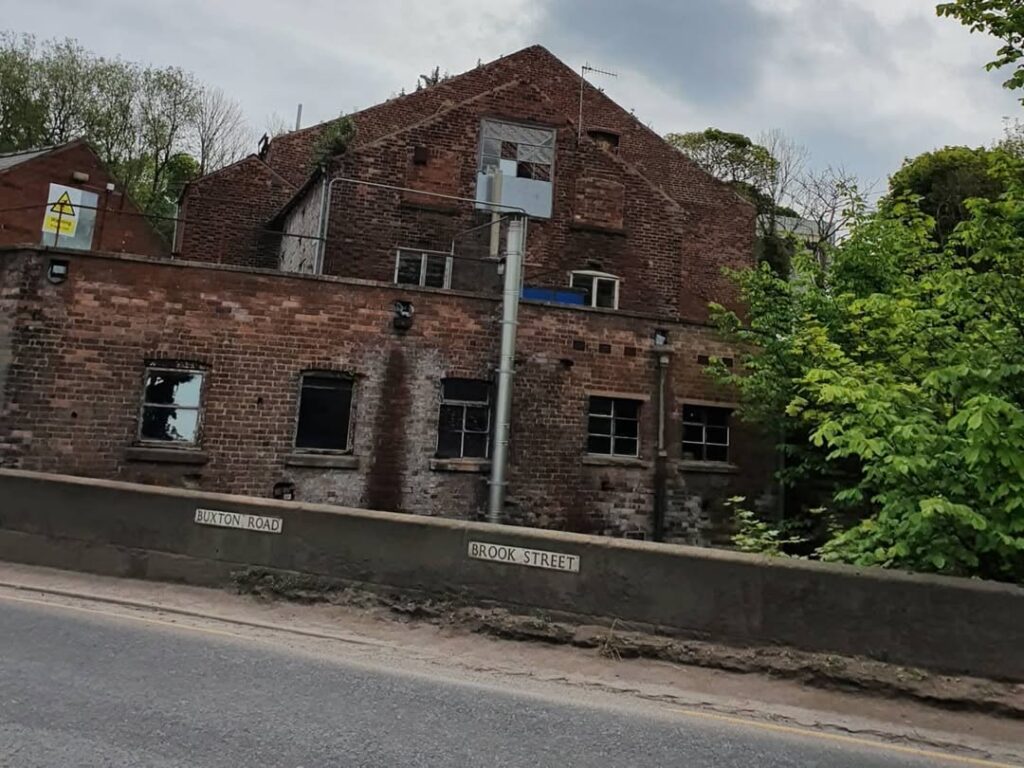
The Consequences of the Abandoned Factory on the Local Community
The factory’s abandonment had severe implications on the community as a whole. For one, the factory was a source of employment for many families which deeply strained a large portion of the population financially. The unemployment and poverty rates sharply increased, contributing to the rise of social inequality. The once populated neighborhood around the factory started to decline as businesses shuttered and families moved away in search of employment.
This, in turn, caused a negative domino effect on other local merchants that depended on patronage from the factory employees. With the reduced foot traffic to the area, a decreased spending power, and shoppers due to the shuttering of the factory, cafes and stores had to close too. All of this only entrenched the economy further into depression while removing any semblance of hope from the community. Moreover, there was a significant emotional impact on the locals as many were left to contend with the adverse sense of loss and nostalgia.
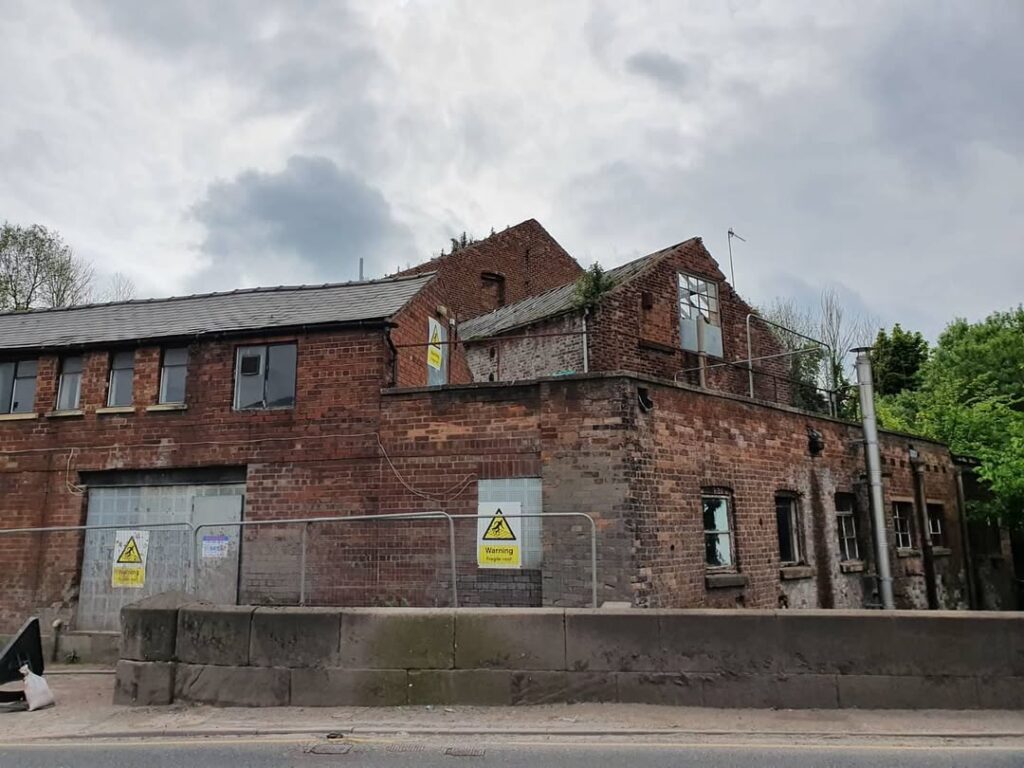
Strategies Towards Reviving the Abandoned Factory
The factory remains an eyesore and is currently sitting idle. However, there has been continuous work to repair and restore the factory’s structure and give it a new purpose. With one of the options being adaptive reuse, changes can still be made while using the original structure for something else altogether. This has worked in other cities where large sprawling industrial complexes have been converted into functional mixed-use districts which include commercial, residential, and cultural spaces.
Another possible avenue for revitalization is directed on restoring the factory for its architectural and historic value. This strategy focuses on the factory’s unique heritage which, if transformed into a cultural landmark, can attract tourists while allowing the factory to preserve its remnants for the coming generations.
Apart from other solutions, light industrial purposes, or even manufacturing could be an alternative use for the factory, thus offering space to small companies and new ventures. With the factory’s infrastructure, along with its location paired with transport facilities, the site could incubate innovation as well as new economic endeavors.
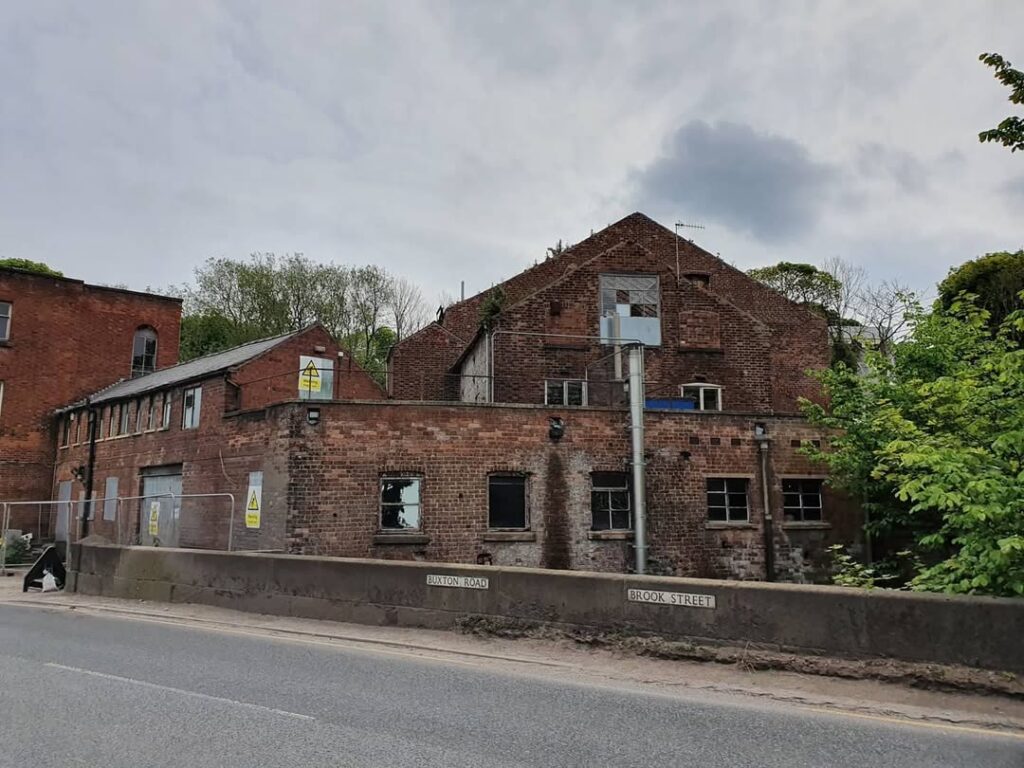
Future Plans for the Abandoned Factory
There are still numerous untapped opportunities on the abandoned factory site that are worth my attention and could foster some very exciting potential directions. For example, there are options for private public partnerships that could use rewarded government funding together with private investments to pay for redevelopment efforts, and this could be one such option. It might be beneficial to engage investors through the public-private collaboration model that could be drawn through adaptive reuse or even historic preservation models.
There is another option which could potentially expand on the future plans by asking for support and input from updated community stakeholders, making them active engaged advocates in revitalization plans. These are the residents and local businesses with knowledge around the site in the community and empowering them in planning can generate very beneficial ideas to serve the neighborhoods. Empowering the community works to ensure the broader plans for the restored place are forward looking towards local priorities.
No matter what future plans are made regarding the abandoned factory, my focus will always be on the area’s safety, eco-friendliness, and economic sustainability. With my approach of fixing safety-related issues such as reduced crime risk through bolstered surveillance, these objectives together would enable me to affordably restore the zone.
